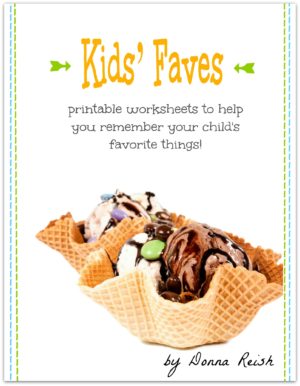I once heard this older lady say that she believed the beginning of selfishness—and the end of selflessness—occurred when we started putting two bathrooms in homes. After all, this lady explained, that is when we could first stop thinking about other people who were waiting—and just focus on ourselves. While this sounds like a trite and almost laughable explanation for how we have become so selfish, there is something to be said for it.
With a large family and a small house, we did not have the luxury of deciding who would get their own rooms, who would share rooms, etc. We had four boys in one room and three girls in another. A third room, not really a full room but more of an attic type small room, became a toy room. I have a lot more to say about the accountability, relational-skills, selflessness, and deference that is learned from sharing a room with your brother(s) or sister(s), but I will save that for our 2011 PP Character Focus!
In the meantime, I will share some tips that we found workable for sharing space—both bedrooms as well as toy rooms.
1. We have always (even in our large home) had a “community” toy room—a room in which all shared toys were kept. (This included toys that we did not mind company playing with.) If you have small children and are contemplating the whole toys in each child’s bedroom vs toy room concept, I encourage you to go for the community play room. Children learn to share much better if there are not too many “mine’s” in their early years!
2. For special toys (and especially toys that we did not feel were appropriate for visiting children to play with because of sentimental value or expense—our girls collected American Girl dolls and our boys collected Legoes and Rockenbock [sp?]), we had the children keep them in their bedrooms. They seldom played in there, but that is where they were stored.
3. Obviously, if children were doing a special project (decorating something for their dolls or building an elaborate Lego creation), we had rules about the other kids touching those, etc. and they were not kept in such “community” areas.
4. Our kids’ bedrooms were mainly sleeping rooms. If the kids want to read somewhere quiet, they could go in there—and at times we used the bedrooms for “room time” for the little ones (with toy tubs that were took in there just for those occasions—see toddler and preschool posts). However, the bedrooms were mostly for sleeping, resting, and storing. (Don’t even get me started on the perils of television, videos, computers, and/or game systems in bedrooms!)
5. We used shelves with tubs (mostly clear tubs) for toys in the toy room. (More on those systems later!) The things that were for littles were down lower, so if we had company with toddlers who might put things in their mouths, the smaller toys (little, teeny people, small blocks, marbles, etc.) were all up high—and our children were taught when it was appropriate to get these down and when it was not—part of training in deference, responsibility (for those younger who might get hurt), empathy, and more!
6. Even though special toys were kept in the bedrooms, the kids usually brought them out to play with them—unless, again, they were building something or working on a special project.
Tomorrow: storing things in the bedroom—treasure boxes, keep forever boxes, and more!



